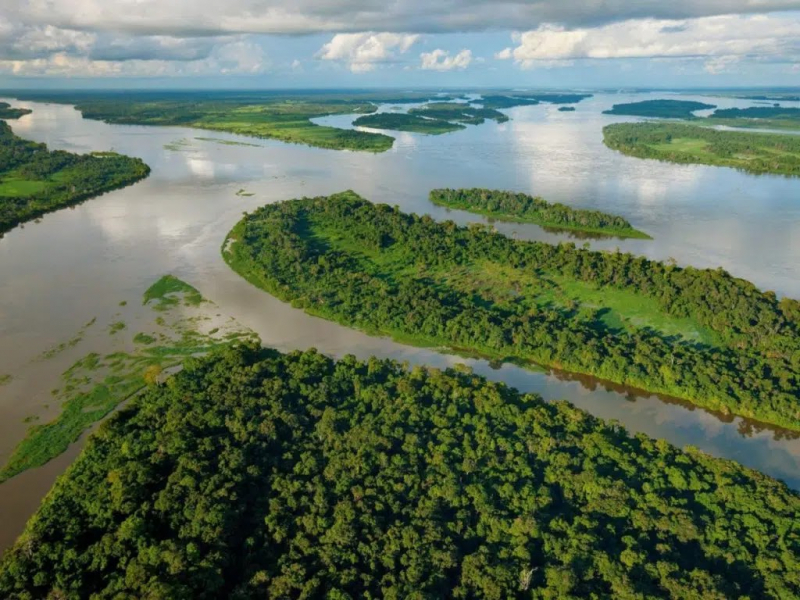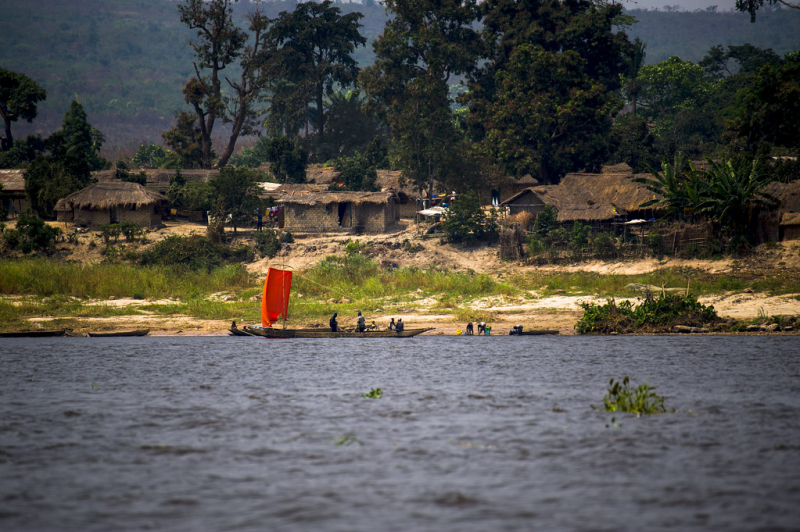Congo river

With a flow of 1,500,000 cubic feet of water per second, the Congo River (previously known as the Zaire River) is the longest river in Zambia and the world's second most voluminous river. It is Africa's second-longest river, after the Nile, and the world's ninth-longest river, draining a basin of over 4 million square kilometers (1.5 million square miles), or 13% of Africa's landmass.
The river is perhaps most known for its historical significance. The river and surrounding jungle have long been regarded to be the mysterious country of pygmies, mythological monsters, horrific epidemics, and cannibals, dubbed "the heart of darkness" by Joseph Conrad. It's a territory made famous by Stanley and Livingstone's explorations, and notorious for its cruelty and bloodshed in the past: the days of the Arab slave and ivory trade, its lengthy history of tribal warfare, colonial atrocities, and its tumultuous current.
Though it begins innocently enough in the savannas just south of Lake Tanganyika, the river is as stormy as its past. The river gradually widens and speeds up until it reaches the "Gates of Hell," a 75-mile canyon of impenetrable rapids. The river resurfaces as the Lualaba or Upper Congo, surrounded by rich tropical rainforest. The river crosses the equator twice throughout its passage through the rainforest. The Congo's catchment drains both the Northern and Southern Hemispheres, hence it does not experience the seasonal changes in water levels as other large rivers do. Stanley Falls, a 60-mile series of rapids, marks the end of the Upper Congo.
Length: 4700 Km





